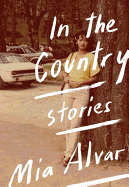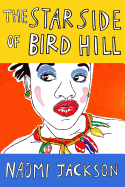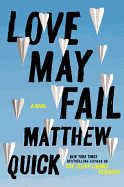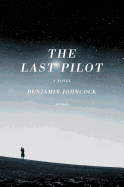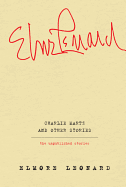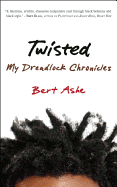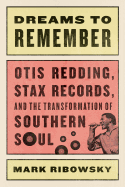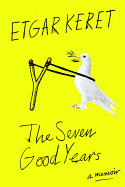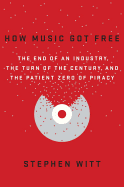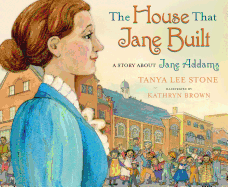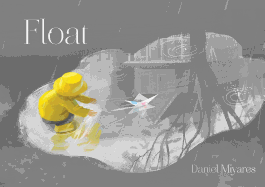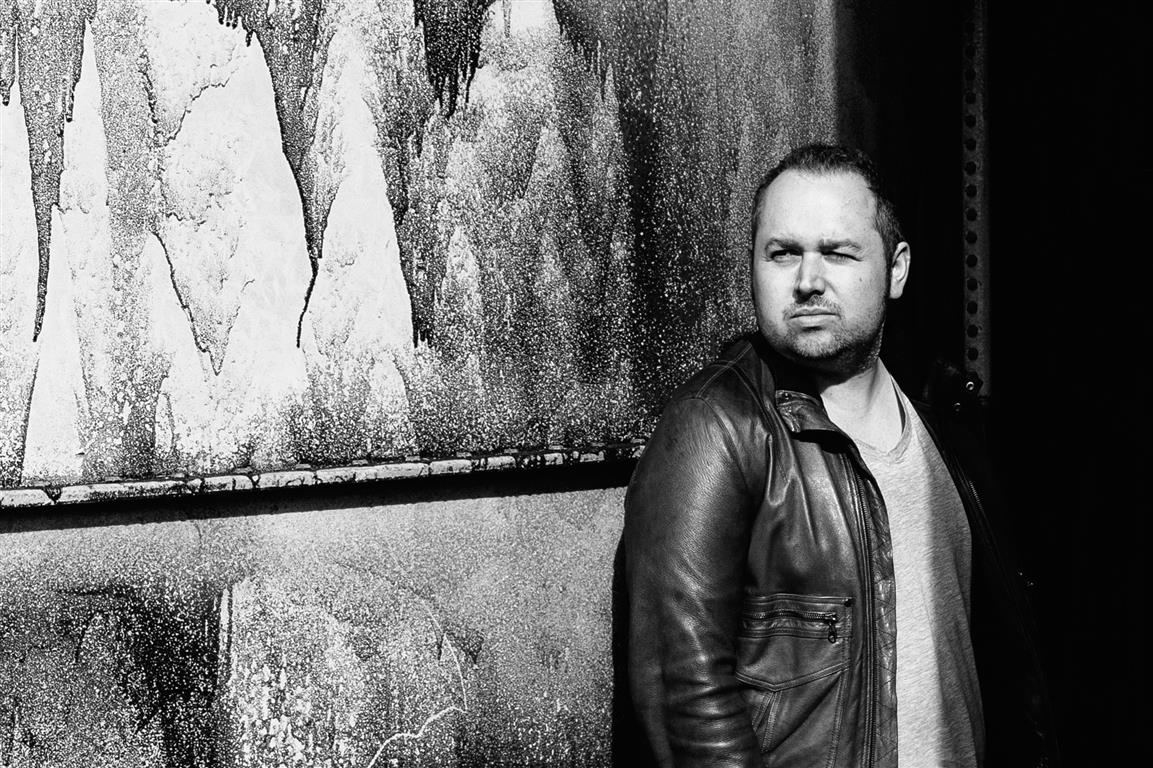 |
| photo: Nick Tucker |
Benjamin Johncock is the recipient of an Arts Council England grant and the American Literary Merit Award and writes for the Guardian. He lives in Norwich, England, with his wife, daughter and son. His first novel, The Last Pilot, follows test pilot Jim Harrison and his wife, Gracie, through a transformative period in American history, from the end of World War II up through the Cold War and the development of the space race. Our review is below.
Tell us about the conflict at the heart of your novel.
The Last Pilot is about a marriage in crisis. Jim is trained to deal very tightly with his emotions--that is essential for him to stay alive--but at the same time he is in a situation at home where he cannot maintain a healthy marriage. Gracie is laid back, but a no-nonsense sort of woman. In a lot of ways, she is Jim's equal during a time when men may not have seen their wives as equals. Jim respects that, but Gracie needs more from him. As much as he wants to be there, or thinks he is there for her, he really isn't, and that brings them to a crisis point. Jim begins to experience mental health issues that he is ill-equipped to deal with, and so that plays out against a backdrop of international conflict and the space race.
You seem to be an aviation aficionado.
I have a real interest in flying. Sometimes I think I would like to take flying lessons, but then I realize how totally bad of a pilot I would be. I'm quick to panic and can't handle a lot of things at once [laughs]. When I was four years old, we had a book at home that my dad would read to me about the Apollo missions, called Moon Flight Atlas by Patrick Moore. What captured me wasn't the rockets--like my son is obsessed with now--it was the men. These men were so cool and in control of their emotions. They didn't fluster or panic, they just worked out a problem until it was fixed. They were all childhood heroes, and that stayed with me for a long time.
Later in life, I was ill with an anxiety disorder, much like Jim has in the book. I wasn't able to write, but as I came around I started writing again and I went back to these childhood heroes, these men who were so controlled emotionally, unlike me, who was just a mess. There was a real connection there for me and I wanted to explore that.
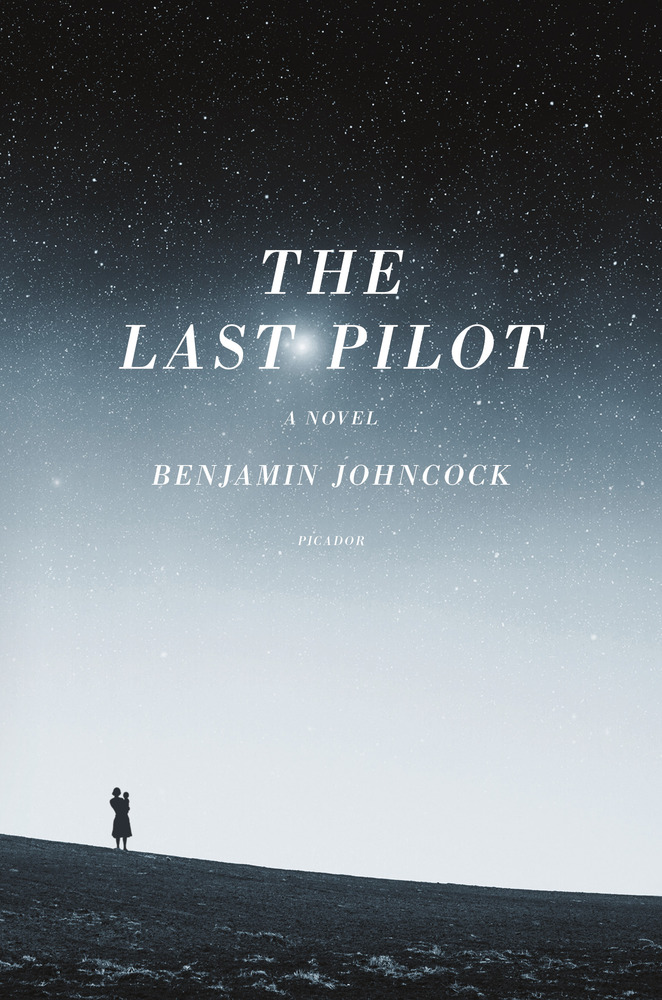 How did you do research for this book?
How did you do research for this book?
Actually, there was not a lot of heavy research because I just love this stuff so much. I was sad at a certain point in editing when I realized I wasn't going to be able to just sit around and read about this all day. I have been incredibly lucky, there has been so much documented--so many films, biographies, there's a huge wealth of materials. The problem was there was too much, in some respects.
I loved reading astronauts' autobiographies, biographies and ghost-written books. The wonderful thing about an autobiography being ghosted is that you get a seasoned journalist asking questions, recording interviews, and typing it all up in the astronaut's words. That gives you an amazing sense of their tone of voice, personality, the way they think, the way they talk--more so than if they'd written it themselves. There is a real sense of voice coming out, so I would immerse myself in those books. Archival footage, transcripts and flight recordings as well. I wanted to be as accurate as I could be. It was really enjoyable, a lot of it was concurrent with the writing.
What was it like being a British author writing a debut set in the U.S.?
Before I sold the book, I never gave it much thought. Actually, when Picador was first interested in the manuscript, they assumed that I lived in Norwich, Connecticut, not Norwich, England. Then I said, well, maybe this is quite unusual. I had written some short stories that were set in the States as well. There is something wonderfully exotic about the U.S. that I find deeply appealing. Britain to me, by comparison, is so dreary. I can't get the same spark of romance and adventure. There's just something about the States, something about the variety of locations. I'm just drawn to it all the time.
Cape Canaveral, the early days of NASA, the space program, test flights in the barren Mojave Desert: How much fun did you have writing about these things?
It was great! There are similarities in some respects between the barrenness of the Mojave and the barrenness of the Cape. I like the fact that there was a frontier at Muroc in the late '40s pushing the envelope and there was a frontier at the Cape pushing the limits of space exploration. I liked the thought of people on the edge.
Your sparse prose unfolds dramatic scenes with clarity and allows the underlying sadness of your main characters, Jim and Grace, to resonate. Reading The Last Pilot, I was struck by an excellent balance between clear language, narrative tone and stark imagery. Tell us about how you write.
I left out as much as I could. I would write a draft by hand, set it aside, then copy it out again and edit in the space between the two. It made me think a lot deeper about the prose. Everything was up for grabs, everything was forced to justify itself. I found that more effective than writing on a computer. Then, of course, I would type it up and go through the more traditional read-through of a printed draft and make more changes.
There were certain things I wanted to do with the sentences, I wanted to make them as taut as possible. You can sometimes write a sentence that is, say, 15 words long. Then you realize that five words in that sentence can be struck out. Hopefully this produced an effect where the reader is reading what I left out and filling the gaps themselves, and by doing that what I am producing is a tighter connection between me and the reader. The more intimate the connection, the more effective the story will be, the more resonance it will have.
What's the literary scene like in Norwich and in England as a whole?
Norwich has only recently become one of six of the UNESCO world heritage sites for literature. There are so many authors here, you bump into them on the way into town. A local publisher, Galley Beggar Press, published A Girl Is a Half-Formed Thing by Eimear McBride. They are based across the street from me, I can see them from my front garden. The university has a famous creative writing program that has seen the likes of Ian McEwan, Kazuo Ishiguro, D.W. Wilson, so many wonderful writers. It's fantastic. There's a lot going on in many other key areas of the country as well. It's an exciting time to be living and writing in Norwich. --Jarret Middleton, author and freelance editor
Benjamin Johncock: The Drama of Flight
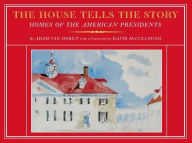 Van Doren introduces each house with a somewhat formal depiction, but the appeal comes from his correspondence with McCullough. Each multiple-page letter is a series of delicate watercolors, with words written over, under, around or sometimes directly on the art. In the letters and renderings, Van Doren explores "what makes [the men] human." He takes note of the lovely grounds at Mt. Vernon while describing the slave quarters, whose inhabitants did not "have the luxury of taking a break under a tree, or relaxing briefly on the grass."
Van Doren introduces each house with a somewhat formal depiction, but the appeal comes from his correspondence with McCullough. Each multiple-page letter is a series of delicate watercolors, with words written over, under, around or sometimes directly on the art. In the letters and renderings, Van Doren explores "what makes [the men] human." He takes note of the lovely grounds at Mt. Vernon while describing the slave quarters, whose inhabitants did not "have the luxury of taking a break under a tree, or relaxing briefly on the grass."



 How did you do research for this book?
How did you do research for this book? Originally published in 1990 and winner of the National Book Award in Fiction, Middle Passage by Charles Johnson begins in 1830s New Orleans, where Rutherford Calhoun, a newly freed slave and "irrepressible rogue," is desperate to escape bill collectors and the schoolteacher who wants to marry him. Unaware of its illegal mission, he stows away on the Republic, a slave ship that is sailing to Africa to seize members of a legendary tribe, the Allmuseri, and plunder cultural artifacts. The trip becomes, the publisher says, "a voyage of metaphysical horror and human atrocity, a journey which challenges our notions of freedom, fate and how we live together. Peopled with vivid and unforgettable characters, nimble in its interplay of comedy and serious ideas, this dazzling modern classic is a perfect blend of the picaresque tale, historical romance, sea yarn, slave narrative and philosophical allegory."
Originally published in 1990 and winner of the National Book Award in Fiction, Middle Passage by Charles Johnson begins in 1830s New Orleans, where Rutherford Calhoun, a newly freed slave and "irrepressible rogue," is desperate to escape bill collectors and the schoolteacher who wants to marry him. Unaware of its illegal mission, he stows away on the Republic, a slave ship that is sailing to Africa to seize members of a legendary tribe, the Allmuseri, and plunder cultural artifacts. The trip becomes, the publisher says, "a voyage of metaphysical horror and human atrocity, a journey which challenges our notions of freedom, fate and how we live together. Peopled with vivid and unforgettable characters, nimble in its interplay of comedy and serious ideas, this dazzling modern classic is a perfect blend of the picaresque tale, historical romance, sea yarn, slave narrative and philosophical allegory."